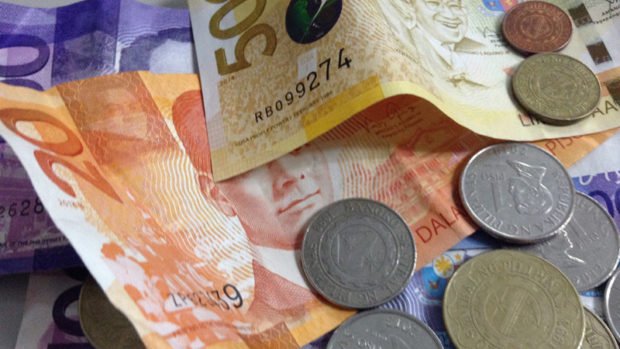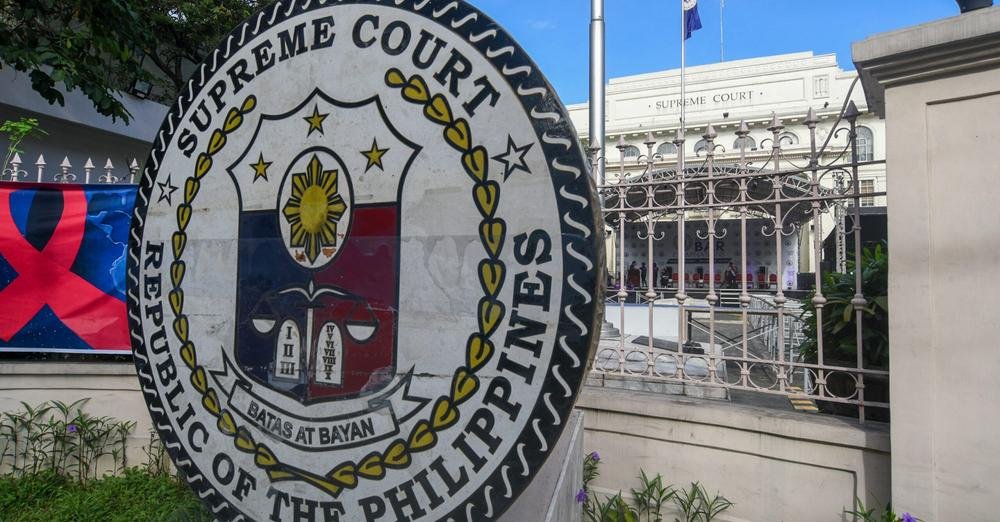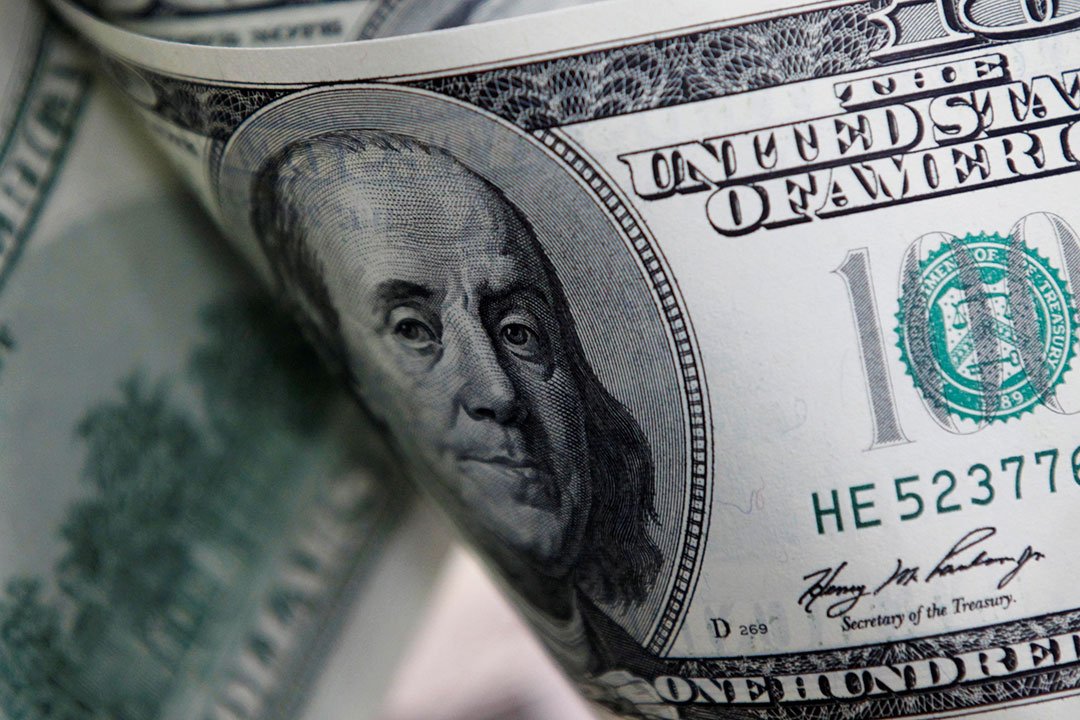MANILA — The Philippine peso is projected to become one of Asia’s worst-performing currencies as the Bangko Sentral ng Pilipinas (BSP) continues to send out dovish signals to the market, Dutch financial giant ING Bank said.
But despite the bearish sentiment on the local currency, ING Bank said in a report sent to journalists that the peso’s support would likely hold at 58 per dollar, although it may weaken to as low as 58.60, which would be a few centavos away from the record-low 59 it hit in 2022.
“The PHP will likely lag regional peers as BSP keeps up the dovish talk with a rate cut by August now a possibility,” said Nicholas Mapa, senior economist at ING Bank in Manila.
The peso may come under pressure if local yields become less attractive to capital inflows while interest rates are still high elsewhere, especially in the United States which is considered a safe haven by investors.

The local unit had been trading at 19-month lows for most of June and had fallen by more than 5 percent so far this year. On Tuesday, the peso closed at 58.62 against the greenback, stronger than its previous finish of 58.65.
Hawkish US Fed, dovish BSP
While most market watchers blamed the peso’s volatility on hawkish signals from the US Federal Reserve—which is expected to delay rate cuts amid stubbornly high inflation stateside—some observers said the currency weakness could also be due to dovish remarks from some BSP officials recently.
READ: May inflation rises to 3.9%, highest in five months
Government data showed inflation quickened to 3.9 percent in May from 3.8 percent in the previous month on the back of higher utility costs.
While the latest reading almost breached the central bank’s 2- to 4-percent target range, last month’s price gains were not as bad as many analysts had expected and still fell within the BSP’s forecast range of 3.7 to 4.5 percent. This, after food inflation slipped to 5.8 percent in May from 6 percent previously, limiting the rise in the headline rate.
For that reason, Governor Eli Remolona Jr. had said the BSP might cut its policy rate—currently at a 17-year high of 6.5 percent—ahead of the Fed, which he said could possibly ease in July.
READ: BSP keeps key rate at 17-year high as inflation risk remains
Overall, ING said Asian currencies have taken a back seat to events in the United States and Europe.
“Softer US interest rates might offer some room for a reversal in this year’s USD/Asia rally, but conditions are far from ripe for a substantial Asian FX recovery,” the bank said. INQ










